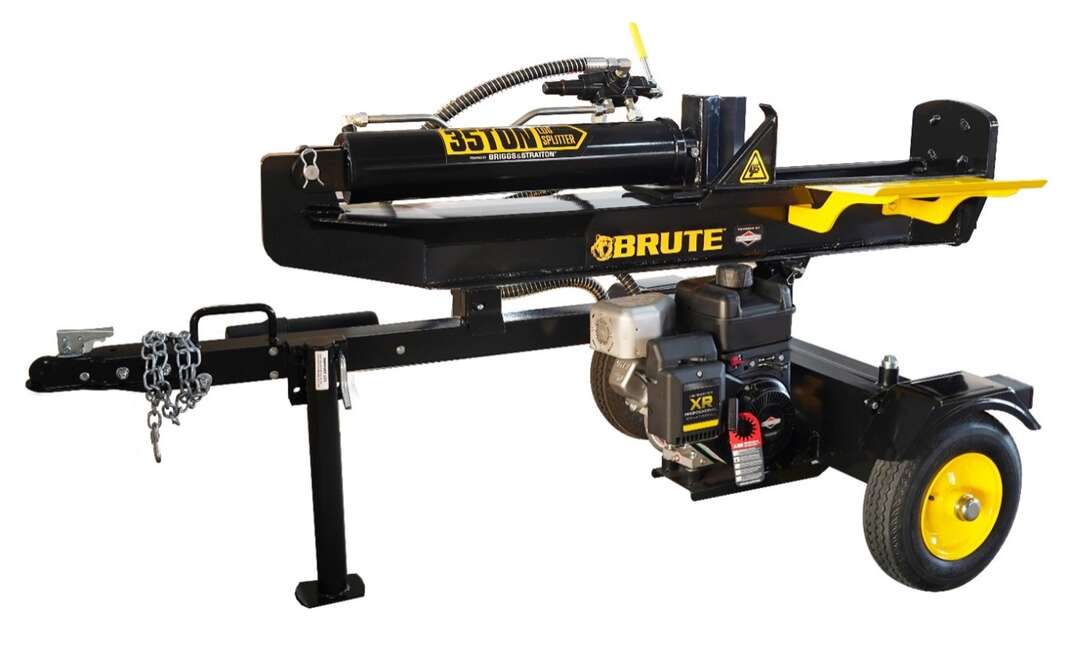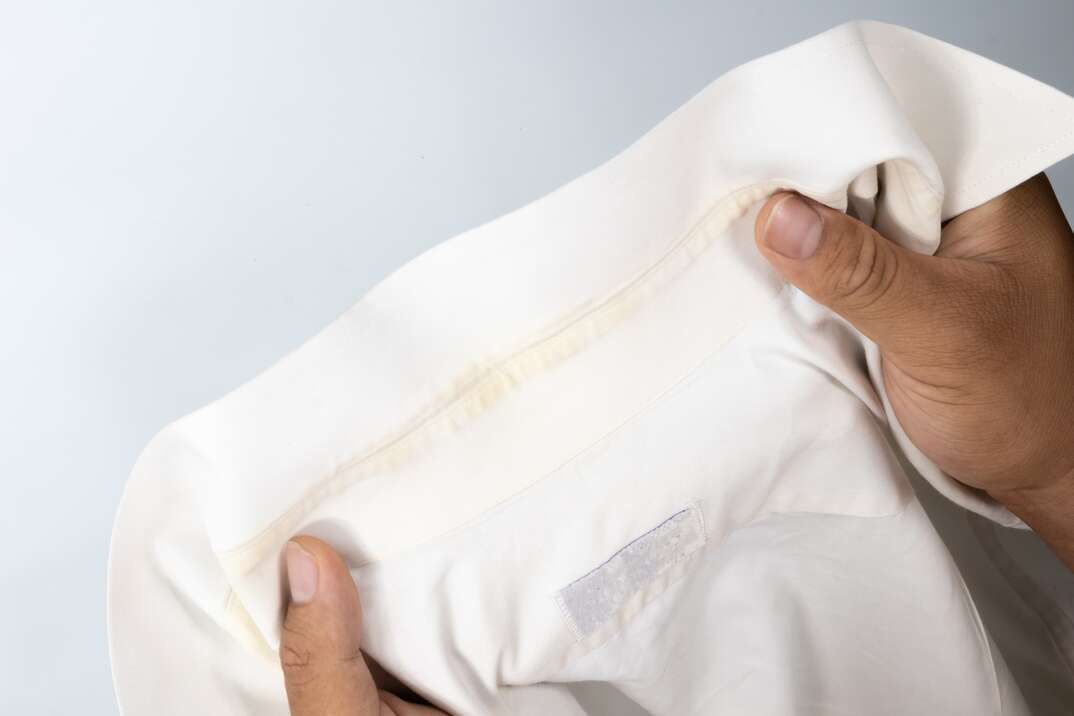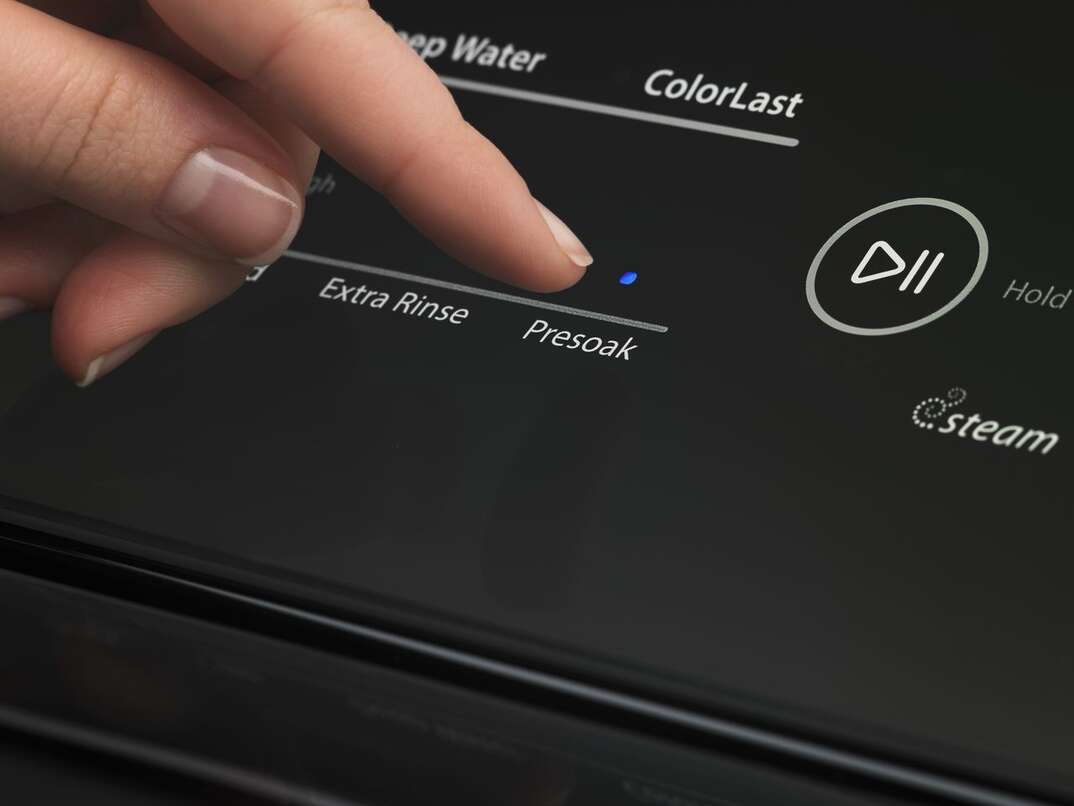Here's Everything You Need to Know About Appliance Hoses

Modern appliances make our lives easier in so many ways. They heat our water, keep our food cold and clothes clean without asking a whole lot in return.
This May Also Interest You: How to Do a Home Inventory Before Disaster Strikes
But the truth is, these machines are the quiet workhorses of our daily lives, sometimes running for thousands of hours a year. And just like any other major appliance, some parts require regular maintenance to ensure that they’re running properly.
One such part that often requires regular repair and maintenance is the water supply hose. Every day, dozens of gallons of water shoot through these hoses and, sometimes, they can simply wear out. Follow this guide to find out what you need to know about those very important appliance hoses.
Washing Machine

According to Consumer Reports, the average lifespan of a washing machine is ten years. But did you know that you should replace any washing machine's water supply hoses at least twice during that time period? In fact, most manufacturers recommend that you replace your washing machine's water supply hose every three to five years. Over time, all kinds of gunk and debris can get trapped in the hose lines, putting them at risk for cracking or bursting.
Now, let’s be clear: You do not want your washing machine hose to burst. On average, an Energy Star-rated washing machine uses 12.5 gallons of water per load. And when you think about how many loads of laundry you do per week, that’s a striking amount of water passing through that little bitty hose. Truth is, even a small, undetected leak can cause some major damage over time. And if the hose bursts, we’re potentially talking about thousands of dollars in repair costs.
Braided Steel Is the Best Deal
If your washer currently uses rubber hoses, now is the perfect time to upgrade to steel braided hoses instead. Stainless steel outer braids are always the recommended type of hose to use for indoor washing machines for the simple reason that they are less likely to burst. While they generally cost a little more than the standard reinforced rubber hose, their added safety is well worth the price. The outer braid’s durable design protects the rubber interior and resists punctures, crimping, kinking and other common washing machine hose issues.
Refrigerator Hose
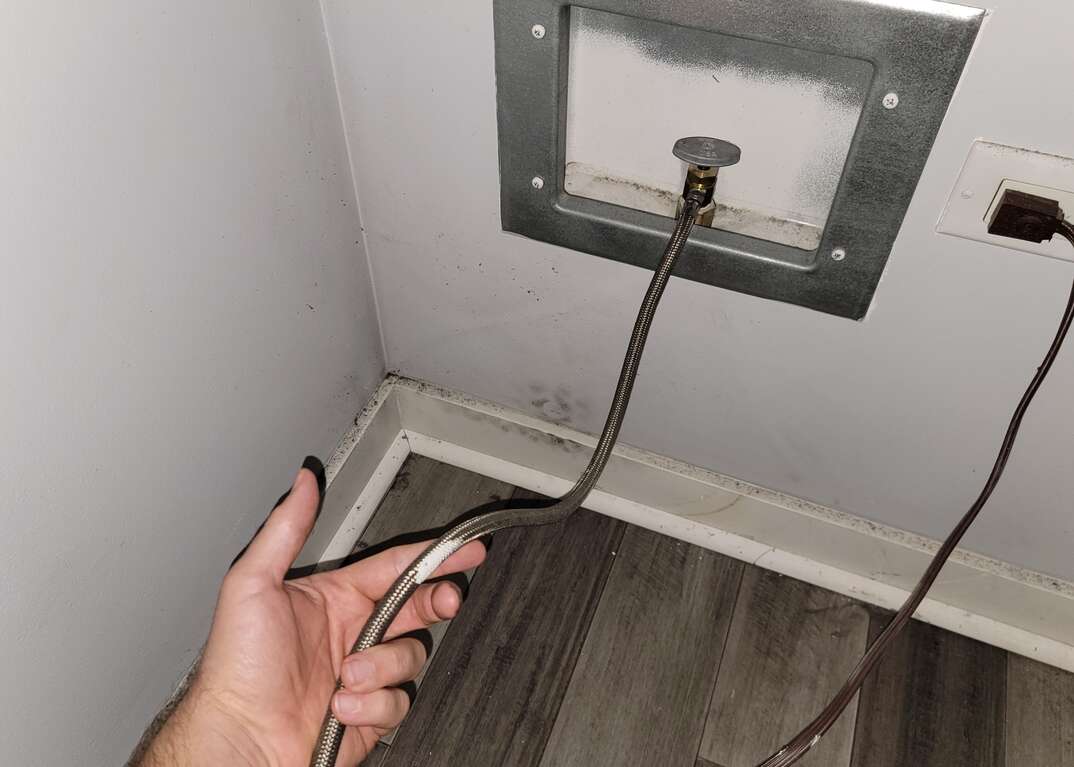
HomeServe photo by Matt Schmitz
It’s very likely that your refrigerator has a built-in icemaker and water dispenser that are both connected to a supply hose. It’s also entirely likely that you’ve never considered what type of hose your refrigerator is using or why it even matters.
Keep Tabs on Your Lines
Experts claim that you should also replace your refrigerator water line hose at least every three to five years. That’s because, over time, your hose can slowly fill with bacteria and calcium, leading not only to sanitary issues, but also to blockages and — you guessed it — burst pipes. Luckily, replacing your refrigerator water hose is not too terribly difficult, and it’ll give you an opportunity to switch to a safer, more durable hose option if you need to.
Refrigerator Hose Choices
If the water hose in the refrigerator is currently made of plastic or PVC, you’ll likely want to make an upgrade. Like with any other tucked-away appliance, plastic hosing is not recommended because it can break and cut pretty easily. Not to mention, it has the potential to taste bad at times. Generally speaking, steer clear of plastic supply hoses.
Another common refrigerator supply hose material is copper. In terms of durability, a copper supply hose is a major improvement over plastic. It’s also a great affordable option for those on a budget. Problem is, copper also has the potential to kink and can corrode easily over time.
For that reason, braided stainless steel is also the best choice for refrigerator water line hoses. The steel braiding surrounds flexible, durable PVC — a design that resists punctures, kinks and crimping. While they can be a bit more expensive, they make up for it in toughness and performance. When shopping around, look for Certified Appliance Accessories braided hoses. They come with a five-year warranty, plus they follow sanitation plumbing Code 61 set forth by the National Sanitation Foundation.
More Related Articles:
- Don’t Get Lost in the Wash: How to Use Your Dishwasher Efficiently
- How to Clean a Washing Machine Drain
- How Much Does It Cost to Install a Dryer Vent?
- Ever Cleaned Your Refrigerator Coils? Sure, We Believe You (But Here’s How, Just in Case)
- Iced Out? Why Your Fridge Is Freezing Over
Dishwasher
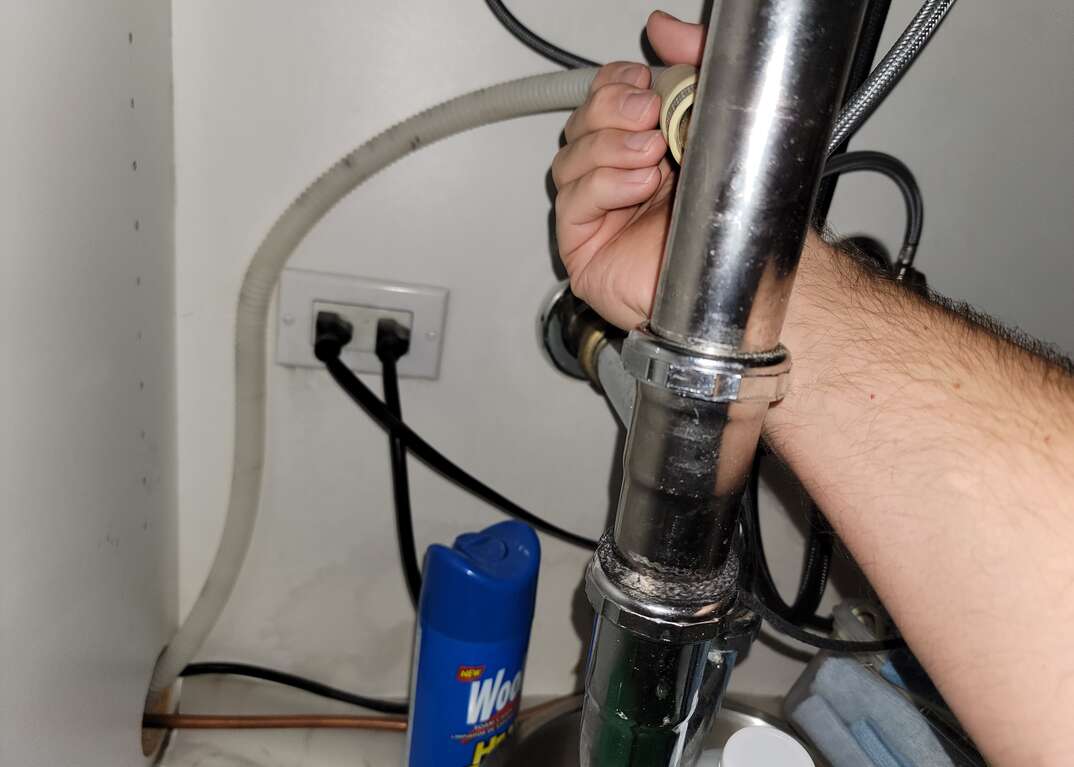
HomeServe photo by Matt Schmitz
The dishwasher is another kitchen appliance that uses a hose. If it’s not replaced every three to five years, it can develop all kinds of small kinks and leaks. If it’s not replaced, you run the risk of some serious water-related damage. After all, who even looks behind the dishwasher on a regular basis?
Wear and Tear
No matter what type of washing machine hose you have, it’s expected that at some point, your hoses will begin to fail. Dishwashers use high pressure and a hydraulic shock that increases water pressure dramatically when the wash cycle starts. Plus, dishwashers just get used a lot. It’s a big demand for any hose.
Because of the high potential for leaks, it makes sense to invest in a safe, durable hose for the job. Dishwasher hoses are generally made of either rubber, reinforced rubber or braided stainless steel.
While basic rubber hoses are still sometimes used as dishwasher supply lines, they tend to lose flexibility and corrode over a short period of time, leading to leaks and breakages. Rubber hoses are the cheapest option, by far. However, if you want a more durable hose that’s still budget-friendly, a reinforced rubber hose is a nice option. These hoses are reinforced with either braided rayon or a mesh made of polyester. They have a short lifespan, but they’re definitely more durable than the basic rubber hose.
Once again, stainless steel braided hoses are the industry standard for dishwashers. With a protective outer braid that’s resistant to punctures, stainless steel braided hoses are definitely recommended for top safety and security.
Water Heater
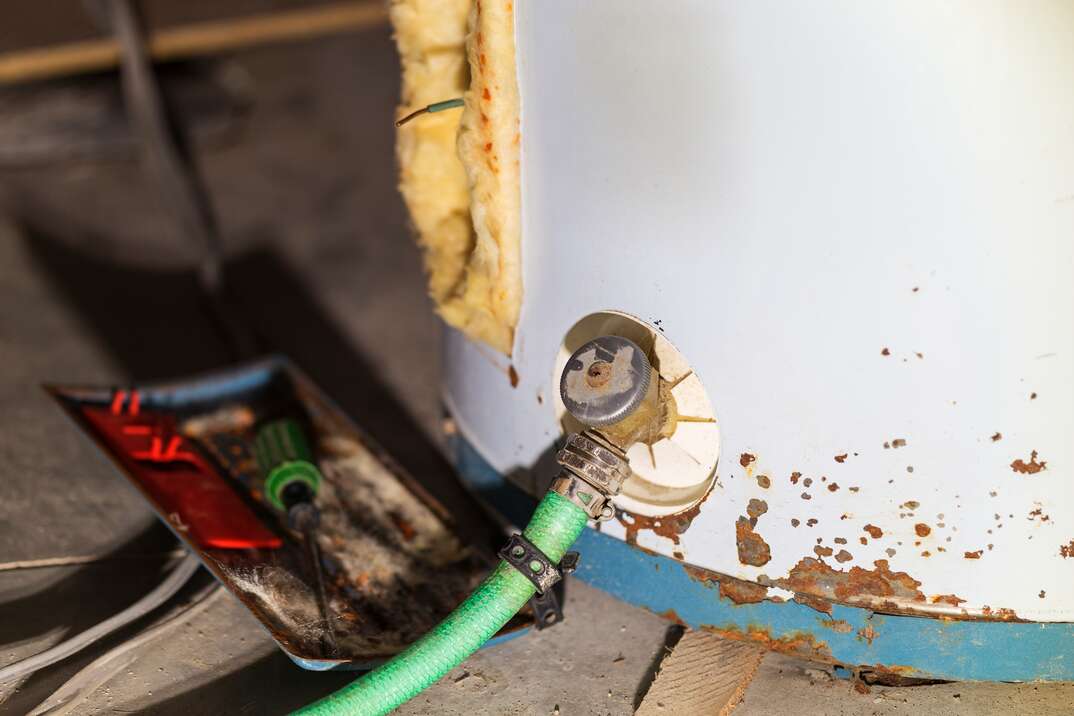
Water heaters have a cold water supply line that fills the water tank with water wherever you use hot water. There’s another hose that goes from your tank that provides hot water for your home. If either one of these lines shows signs of deterioration or leaking, it’s time to replace them.
Copper is King
Like other appliances, these supply hoses are generally made of plastic, copper or corrugated stainless steel. Because of the potential high-heat buildup, plastic is generally not recommended unless it’s kept at least six inches from the vent and tank. In this case, your best bet is to use a corrugated copper hose for your supply lines. These can handle the heat and hold up longer than their plastic counterparts.
Consider the Hose
Truth is, appliance hoses are often overlooked with all of the other upkeep and maintenance that’s required of you around the house. But it’s worth taking the time to replace your hoses every five years at the very least to prevent costly damage. The good news is that by replacing your old, subpar hoses with high-quality, durable ones, you can ensure that your hoses are safe, secure and free-flowing.
